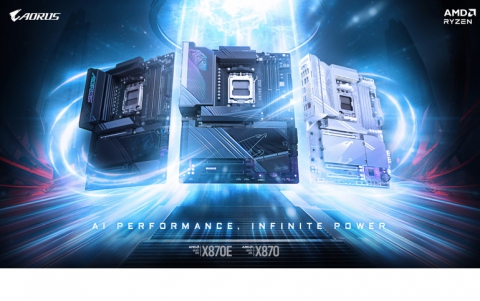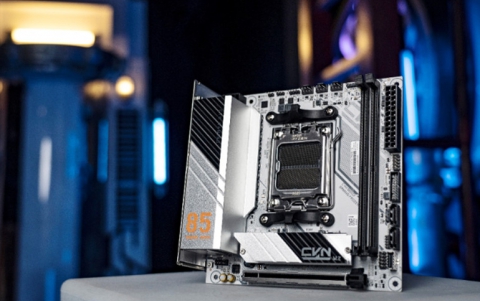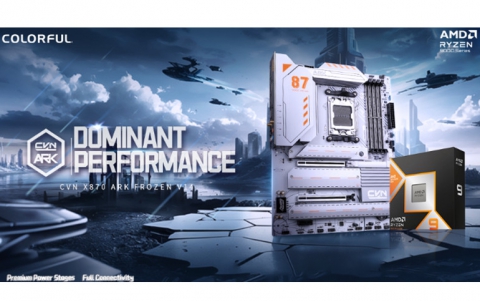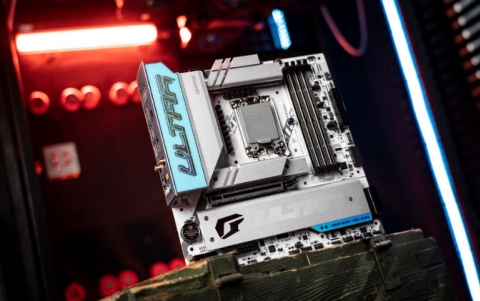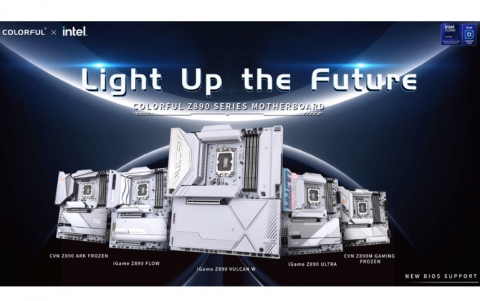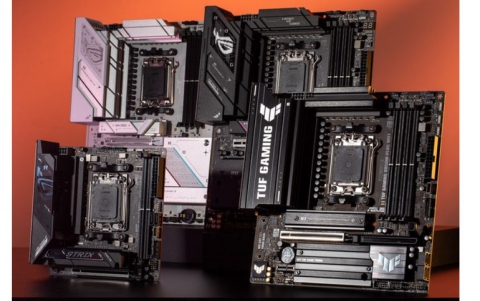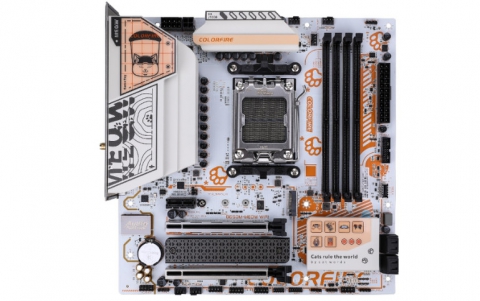High Speed Re-Writing Format
3. CD-R versus CD-RW technology - The "differences"
Review Pages
2. CD-R versus CD-RW technology
3. CD-R versus CD-RW technology - The "differences"
4. The new Orange Book part III extension
5. Packet writing and BURN-Proof
6. Info about Yamaha CDR-W drives
High Speed RW Technology - Page 3
CD-R versus CD-RW technology
The "differences"
- CD-R Technology
The manufacturing of CDR disks is currently based purely on dye technology. This being the oldest method results to sequential disk recording at the highest possible bitrates. With over a handful dye-makers and several dozen -licensed- disk manufacturers the media cost has become very low. Consumers, when buying recorded-once disks, now spend almost the same amount of money once spent for purchasing floppy disks
Moreover, being the first writable format released it has enjoyed the widest possible acceptance. Conventional CD-ROM readers can usually read recorded disks without problems. In some cases, we have found some of them to be able to read more easily highest-quality recorded disks than pressed ones! According to psychological / sociologic studies carried out by some manufacturers in the past the only disadvantage of these disks seems to be their write-once limitation. If used for archiving purposes and quick-and-cheep data dissemination CDR seems to be unbeatable.
Media life expectancy is (by most projections) over 50 years. For some dye/manufacturing combinations estimations are as optimistic as to claim it to be over 250 years!
- CDR-W Technology
Instead, CD-RW media manufacturing is based on phase-change technology. The following figure (courtesy of Phillips) shows the different layers and materials used for constructing a ReWritable disk:

As it is not the case with CDR disks, media of this type can be randomly (re) written in a fashion that reminds end-users of large floppies. The only advantage proves to be the ability of the disks of this type to be directly overwritten.
And we explain this by comparing RW media with those just recordable
once:
- Life expectancy is much lower, usually no more than 30 years.
- The reading speed of most current CD-ROMs is much lower on ReWritable than
recordable.
- Fixed-length packet writing usually employed on ReWritable wastes more of
the totally available disk space.
We can continue this list a little more. But we will stand at a point requiring special attention. According what both others and us have found from practical experience, RW technology is NOT foolproof. Useful real-life of these is much, much less than 1000 erasing cycles. We have seen disks from established manufacturers to be completely unreadable after just one year of archiving!
The worst nightmare of every CD user, i.e., dust and small scratches on the lower surface of a disk seems to become much more important when it comes to ReWritable media. Due to continuous use (and misuse some times), the lower reflectivity and weaker laser beams used to read them, the recording quality deteriorates much more rapidly than in the case of recordable once media. Certainly, this is not just our personal observation. It is known that the original S/P red-book specifications are the primary guilds for this.
Panasonic engineers (and others) acknowledged this early and so suggested disks to be included in a case when they purposed the DVD-RAM specifications. Regardless of how strongly many have rejected this idea, we personally think is among the wisest to hear so far on this subject!
Another weak point concerning RW technology concerns its recent advancements in comparison to respective advances in the CDR case. 12x speed recording-once has almost become the standard. By the end of the year the majority of the to-be-shipped drives will be able to record at this speed. RW technology has only recently seen announcements for greater than 4x speeds. And worst than this, the new media types and recording methods necessary for doing this seem to introduce further incompatibilities.The main theme of this article will thus necessarily shift focus on this subject below.
So ReWritable can be used mainly for temporary storage and interchange of files where the cost of writing once a CDR disk and then throwing it away is both a money and environmental waste.
Review Pages
2. CD-R versus CD-RW technology
3. CD-R versus CD-RW technology - The "differences"
4. The new Orange Book part III extension
5. Packet writing and BURN-Proof
6. Info about Yamaha CDR-W drives






